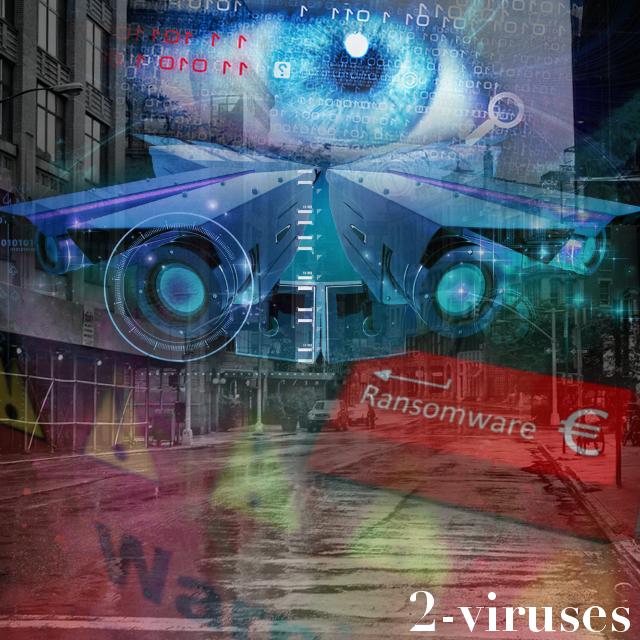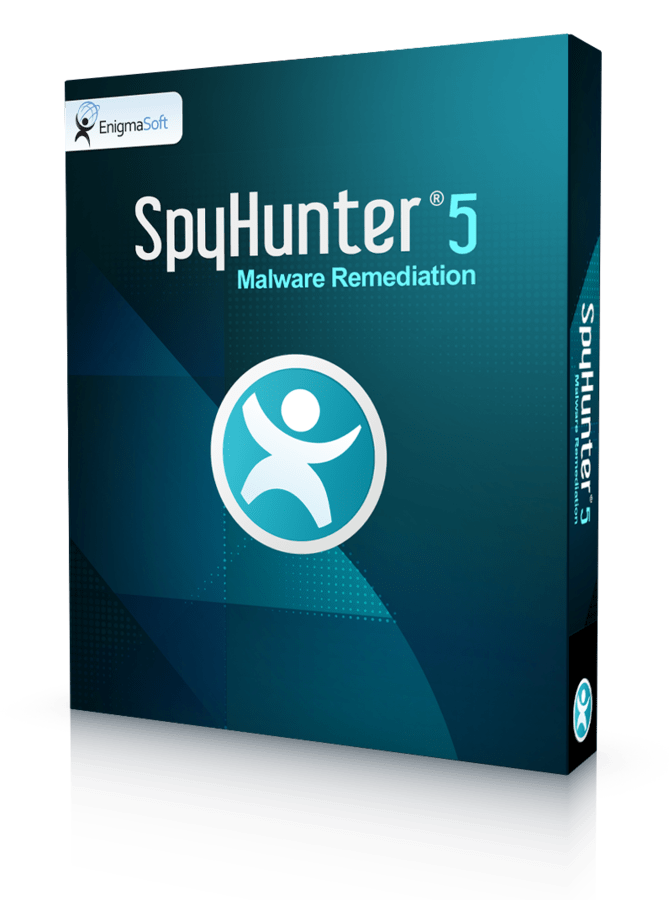Around 70% of all public CCTV’s in Washington DC were hacked just a few days before the inauguration of President Trump. Actually, hackers attacked not the cameras itself, but storage devices where recordings from cameras are stored. The fact remains the same – CCTV cameras in the capital of United States were not working and that was a huge problem, having in mind the importance of inauguration.
Reportedly it was the same ransomware virus. Cyber criminals targeted stored devices and expected to get paid in order to unlock them.
There are 187 network video recorders with each one controlling up to 4 CCTVs in Washington DC and 123 of them were hacked. Reportedly there are no recordings from 70% of Washington’s CCTVs between 12 an 15 of January.

However, while majority of victims of ransomware attacks choose to pay the ransom and solve the problem this way, officers of Washington DC simply disconnected storage devices, removed infection and rebooted the whole system. Not a single penny was paid as a ransom to cyber criminals.
Now when CCTVs are up and running again, security officers are still concerned about the ransomware attack. It’s still not clear if the virus infected other similar systems of IoT (Internet of Things). Several years ago ransomware was only targeted to personal computers, but nowadays it can hit smartphones, tablets or even other electronic devices that are connected to the world wide web. That means various public systems, such as CCTVs can be hacked too.
Rising Threat of Ransomware
Why ransomware is so popular? Well, it’s the ultimate way for hackers to get paid without putting too much effort in it. In fact, you can use ransomware software and attack other computers or systems without even having a deep knowledge in computing or hacking. All you have to do is to purchase special software. That means ransomware is easily accessible to everyone.
From a victim standpoint, it is one of the worst type of virus that you can get. First of all, it demands money to be paid via Bitcoin system. Usually it’s a decent amount of money, something around $1000. If the target is not a person but business, ransom can reach hundreds of thousands. Moreover, there are no guarantees that you will receive a decprytion tool even if you pay the ransom. That means you can lost both your money and important files.
So how to protect your computer and home from ransomware attacks? The best proven method is to backup everything. All your data should be backed up regularly on an external storage device that is not connected to the Internet, so it won’t get infected. In addition to that, you should be very careful about emails from spam category. It’s the most common distribution method of ransomware. Sometimes it’s enough to open phishing email to get infected with ransomware. That’s why we recommend to avoid spam category on your email inbox. Finally, keeping your computer secured with trustworthy anti-malware software is always a good idea. Even though no anti-malware tools can ensure that your computer will be saved from a next ransomware, it can still protect you from 90% of all ransomware that currently exist.


